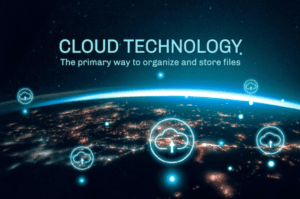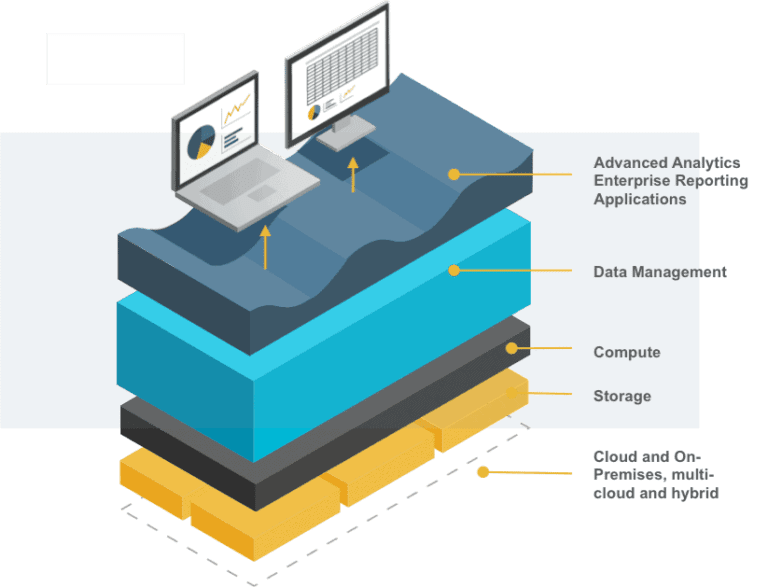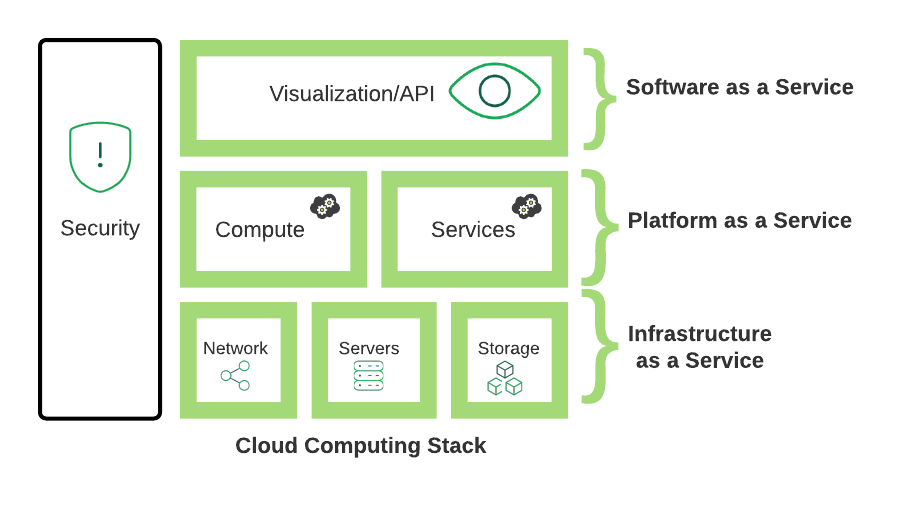Types of cloud infrastructure needed for BFSI to have continuous operations.
We have seen a lot more digital transformation globally in recent years. Cloud computing has become an increasingly popular technology in the banking industry. Banks use cloud computing to improve their operations, reduce costs, and increase efficiency. In this blog, you will learn about various cloud infrastructures, how the banking industry will grow using cloud computing services, and what challenges they face while working on cloud computing. So let's get started with our very first topic.
Various types of Cloud Infrastructure are needed to get BFSI.#

The banking, financial services, and insurance (BFSI) sector rely heavily on technology to conduct day-to-day operations. These operations include processing transactions, managing customer data, and analyzing financial data. To ensure continuous operations, BFSI organizations need to have a robust and reliable cloud infrastructure in place.
BFSI organizations can use several types of cloud infrastructure to achieve continuous operations. These include:
Public Cloud:#
Public cloud infrastructure is provided by third-party providers such as Amazon Web Services (AWS), Microsoft Azure, and Google Cloud Platform (GCP). These providers offer a wide range of services, such as storage, computing, and networking. Public cloud infrastructure is ideal for BFSI organizations that do not want to invest in building and maintaining their data centers.
Private Cloud:#
The organization owns and operates private cloud infrastructure. BFSI organizations with strict security and compliance requirements typically use it. Private cloud infrastructure allows organizations full control over their data and applications, which is crucial for the BFSI sector.
Hybrid Cloud:#
Hybrid cloud architecture combines public and private cloud benefits. It allows organizations to use public cloud infrastructure for non-sensitive workloads and private cloud infrastructure for sensitive workloads. This approach is ideal for BFSI organizations that must balance cost and security.
Multi-cloud:#
The Multi-cloud infrastructure allows organizations to use multiple cloud providers for different workloads. This approach is ideal for BFSI organizations that want to take advantage of the strengths of other cloud providers. For example, an organization may use AWS for storage and GCP for computing.
Another important aspect of cloud infrastructure for BFSI organizations is disaster recovery (DR). This refers to the ability to recover from a disaster or outage quickly. BFSI organizations need to have a DR plan that allows them to restore operations in case of an outage promptly. This can be achieved using cloud-based DR solutions such as AWS Backup and Azure Site Recovery.
In addition, BFSI organizations need to ensure compliance with various regulations, such as the General Data Protection Regulation (GDPR) and the Payment Card Industry Data Security Standard (PCI DSS). Cloud providers such as AWS, Azure, and GCP offer compliance solutions that allow organizations to meet these regulations.
How Cloud Computing is Used in Banks#
One of the main ways that banks are using cloud computing is through the use of cloud-based storage solutions. Banks must store and manage large amounts of data, including customer information, transaction records, and other sensitive information. Cloud storage solutions offer a cost-effective and scalable way for banks to store this data, allowing them to increase storage capacity as needed easily. Additionally, with cloud storage, data is stored in a centralized location, making it more secure and easier to manage.
Another way that banks are using agile and adaptive cloud computing is through the use of cloud-based applications. Cloud-based applications, such as customer relationship management (CRM) and enterprise resource planning (ERP) systems, allow banks to access and use these applications without maintaining them on their servers. This reduces the need for expensive hardware and software licenses and will enable banks to scale the number of users accessing the applications easily.
Cloud-based analytics is another important area where banks are using cloud computing. Banks use cloud-based analytics to gain insights into customer behavior, transactions, and other data. This information can be used to improve marketing efforts, detect fraud, and identify potential risks. Additionally, with cloud-based analytics, banks can access real-time data and insights, allowing them to make more informed decisions.
Banks are also using cloud computing to improve the customer experience. Banks are using cloud-based mobile banking and online banking solutions to allow customers to access their accounts from anywhere at any time. Additionally, banks are using cloud-based chatbots and virtual assistants to provide customers with 24/7 support and assistance.
Finally, banks are also using cloud computing to improve their security. Cloud-based security solutions, such as firewalls and intrusion detection systems, can be used to protect banks' networks and data. Additionally, banks can take advantage of the latest security technologies and best practices with cloud computing without investing in expensive hardware and software.
Hence, cloud computing is being used by banks in a variety of ways to improve operations, reduce costs, and increase efficiency. By leveraging the scalability and flexibility of cloud computing, banks can serve their customers better, reduce risks, and stay competitive in the ever-changing banking industry.
Challenges faced by the Banking Industry that come with cloud computing.#
Several challenges come with implementing cloud computing in the banking industry, including:
Security:#
Banking and payment sector handle sensitive financial information and must ensure that this information is protected from cyber threats. Cloud providers must meet strict security regulations, and banks must trust that the cloud provider can adequately protect their data.
Compliance:#
Banks must comply with various regulations such as the Gramm-Leach-Bliley Act and the Dodd-Frank Wall Street Reform and Consumer Protection Act. These regulations can be difficult to navigate and comply with when using cloud services.
Integration:#
Banks often have legacy systems and infrastructure that can be difficult to integrate with cloud services. This can be a significant challenge for banks looking to move to the cloud.
Reliability:#
Banks must ensure that their systems and services are always available to customers. Cloud providers must provide a high level of service availability to meet the needs of banks.
Cost:#
While cloud computing can offer cost savings, it can also be expensive, depending on the services and providers used. Banks must carefully evaluate the cost and benefits of cloud computing to ensure that it is the right fit for their organization.
Data sovereignty, data privacy, and data residency issues:#
Banks need to ensure that their data is stored in a compliant location and also should be in control of their data.
Conclusion#
BFSI organizations must have robust and reliable cloud solutions to ensure continuous operations. Several types of cloud infrastructure can be used, including public, private, hybrid, and multi-cloud. Organizations must also have a disaster recovery plan and ensure compliance with various regulations. By having a well-planned and executed cloud infrastructure, BFSI organizations can ensure their operations remain uninterrupted and their customers and partners can rely on them.

















